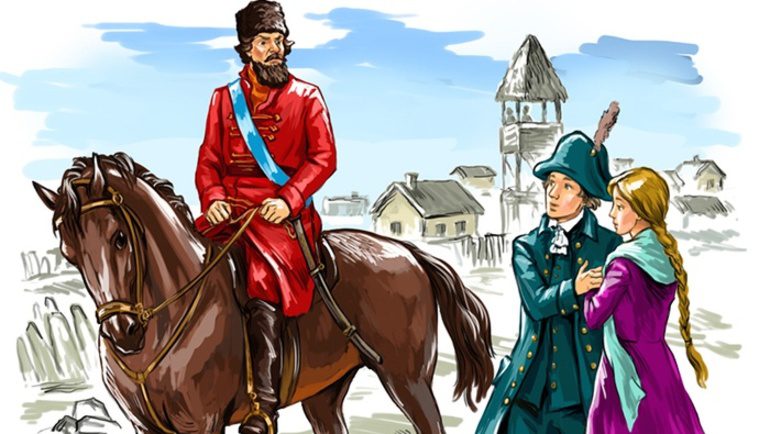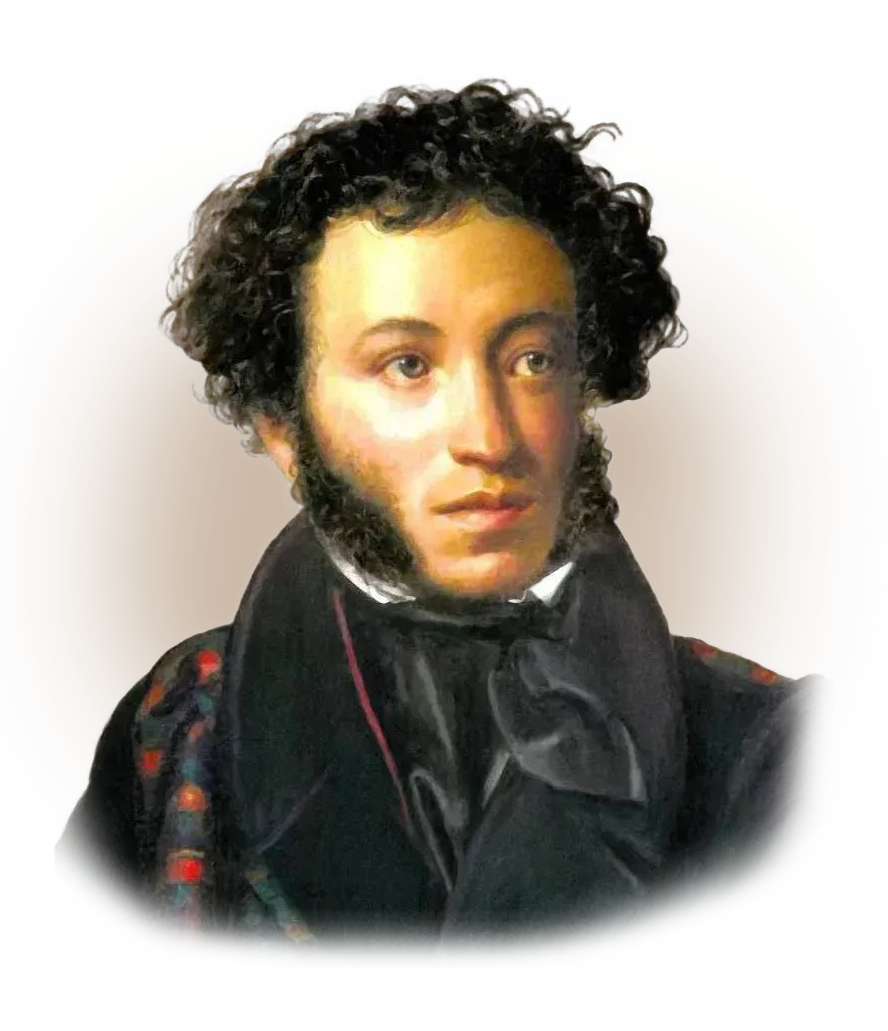
09.12.2022
“The Captain’s Daughter”, Pushkin’s greatest work, was conceived in 1833. It is one of the last works of the Russian prose writer. The author worked on his brainchild for three years – from 1833 to 1836.
In 1834 the work preceding “The Captain’s Daughter” appeared. “The History of the Pugachev Uprising” was a historical chronicle describing political events. It was during the period when the author was collecting materials for the “History”, he had the first thoughts of writing “Captain’s Daughter”.
Not many people know that the novel was produced in several versions. But, of course, over time, the people and so learned who the author of a brilliant novel, incredibly truthful and real.
The first time the work went to print in 1936, it was published by the then renowned Sovremennik magazine. The author, under the pressure of censorship, was printing the work with corrections and omissions. In addition, Pushkin was forbidden to sign the novel.
The last version was released without one chapter. This is due to the fact that the author had to remove the chapter on the rebellion in the village of Grinev. He did it not of his own free will, but under the influence of the censorship. It categorically refused to let the complete work through. And only in 1880, years after the death of the poet, the magazine “Russian Archive” published the missing chapter. So that connoisseurs and specialists could fully understand its meaning, the publishing house issued the chapter as a separate edition. It even had a separate cover.
At the time when the author was collecting materials for his work, he visited a great many places related to the events described. In order to talk to eyewitnesses of the difficult and terrible events of 1770, Pushkin had to travel to the Urals and the Volga region. By the way, Nicholas I himself allowed the young talent access to archival records, previously unpublished for public view.

The translated editions of Walter Scott, known at the time, also served as an impetus to the maturation of the thought of the work.
The figure of Yemelyan Pugachev seemed to Pushkin an ideal image for the hero of the future novel. The choice of the main theme of the work was complicated by the most severe censorship, especially intensified during the reign of Nicholas. Pushkin had to rewrite the novel many times, to change the course of events and even the main characters, leading the narrative in first person. All three years spent on the creation of the work, Pushkin diligently modified his novel. How difficult and painstaking this work was, contemporaries can judge by the six surviving versions that have survived to this day.
To create the images of the main characters, Pushkin studied people especially close to Yemelyan. For example, Pushkin sketched the image of the hero leading the narrative from Baryshin, who was captured by Pugachev. Later Baryshin joined the resistance against Pugachev’s revolt, miraculously escaping from captivity. The author changed the name of the hero many times, as well as his image. Pushkin had to create two completely different characters from one conceived contradictory hero-nobleman. The author initially decided that his main character should be a nobleman, who later changed his views and switched to the side of rebellion. The honest, fair and decent Grinev was opposed by Shvabrin. A man of low moral principles, a traitor and a scoundrel. Only such a move could allow Alexander Sergeyevich to pass the restrictions of censorship. And besides, this method strengthened the political theme that can be traced in the novel. Both of his characters belonged to the same social stratum, but held different views on politics.
An army officer named Shvanich was chosen as the prototype for the creation of Shvabrin. He was a rather aggressive and violent man, for which he was exiled to another garrison. After that he sided with Pugachev. However, it should be noted that he did so not out of personal motives, but simply chickened out and was afraid of being hanged. Shvabrin greatly interested Pushkin. on the basis of his personality he created a character willing to sacrifice his valor and honor to personal gain. Shvabrin becomes an important link to create a storyline between Grinev and Masha Mironova.
Pushkin so thoroughly analyzed the chronicles of history that his work allows us to fully immerse ourselves in those distant times. The tale, which was acclaimed by his contemporaries, does not lose its relevance to the present generation.




